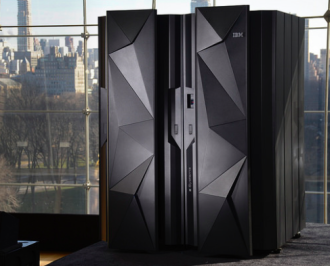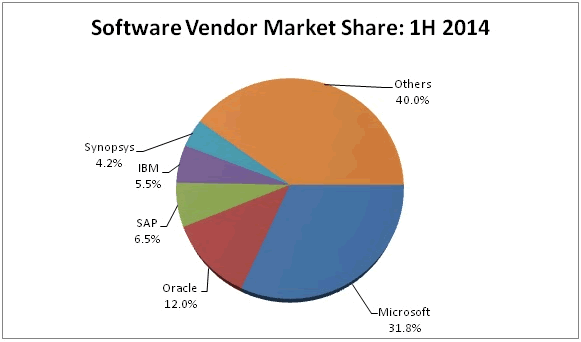 Even though there’s little in the way of standards for the internet of things (IoT), the revolution is already here, according to research published by Gartner.
Even though there’s little in the way of standards for the internet of things (IoT), the revolution is already here, according to research published by Gartner.
In a report released today, Gartner said that 1.1 billion connected things will be used by smart cities this year but that figure will soar to 9.7 billion by 2020.
But a significant number of connected things this year will be down to so called smart homes and smart commercial buildings – right now the share is 45 percent but the percentage will reach 81 percent by 2020.
Gartner said most of the money will be spent from the private sector. It released figures which showed that public services and in particular healthcare are lagging behind other sectors including transport and utilities.
For the home, connected devices include smart LED lighting, such as Philips Hue lights, healthcare monitoring, smart locks, and sensors that detect things as diverse as motion and carbon monoxide. The highest growth will be in smart lighting – in 2015 there will be only six million units shipped but that will grow to 570 million units by 2020.
Major applications in cities include IoT deployments for parking, traffic and traffic flow. And the UK is leading the way in the field.
Commercial IoT applications will span multiple industries and firms specialising in analytics will see a rise in revenue as big data generated by the billions of devices will represent challenges for the industry.

















